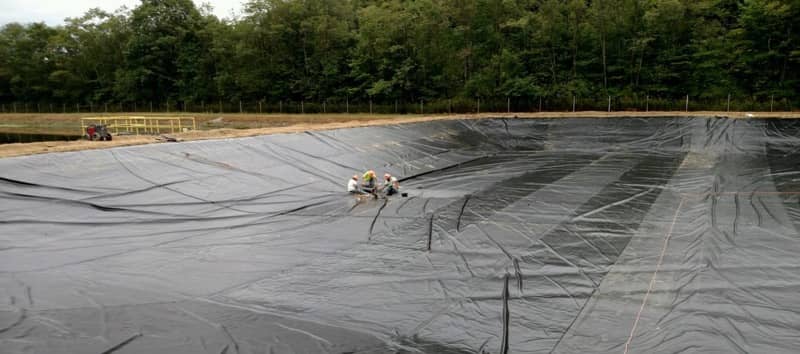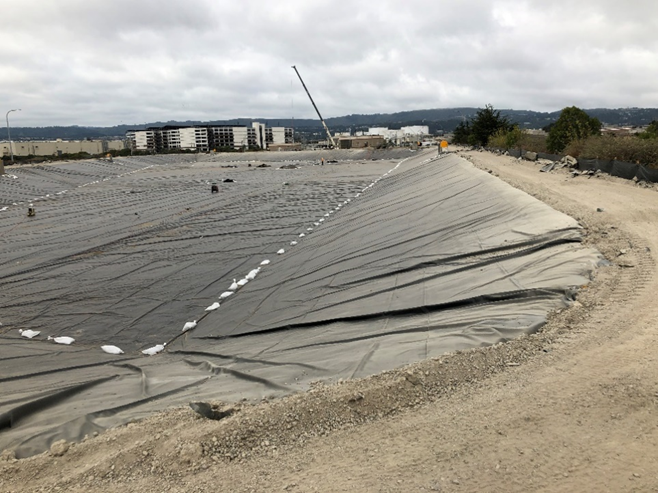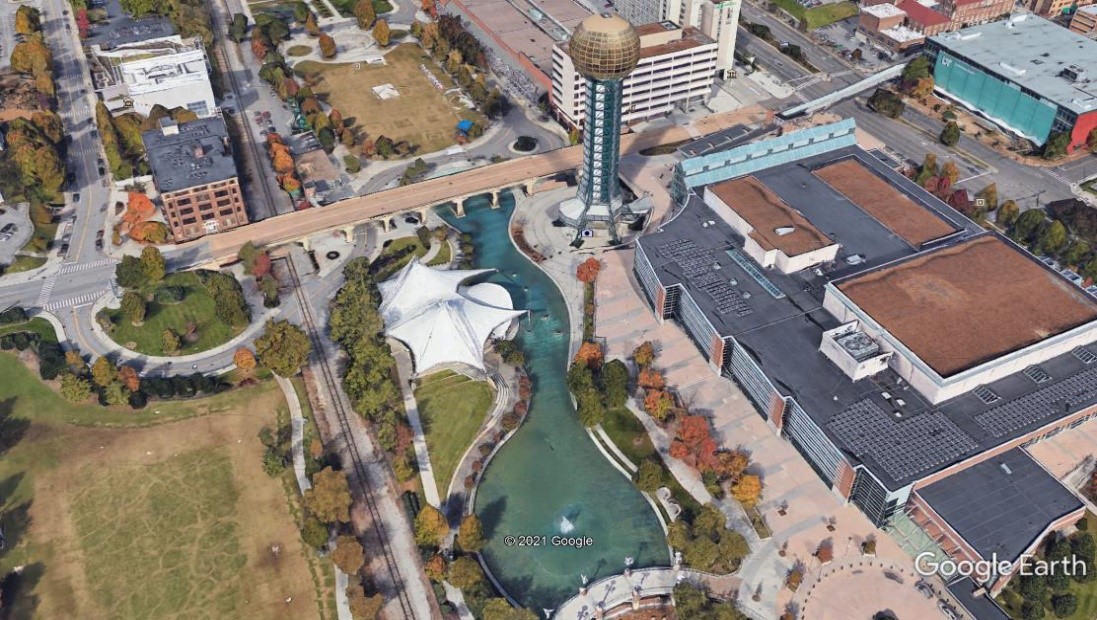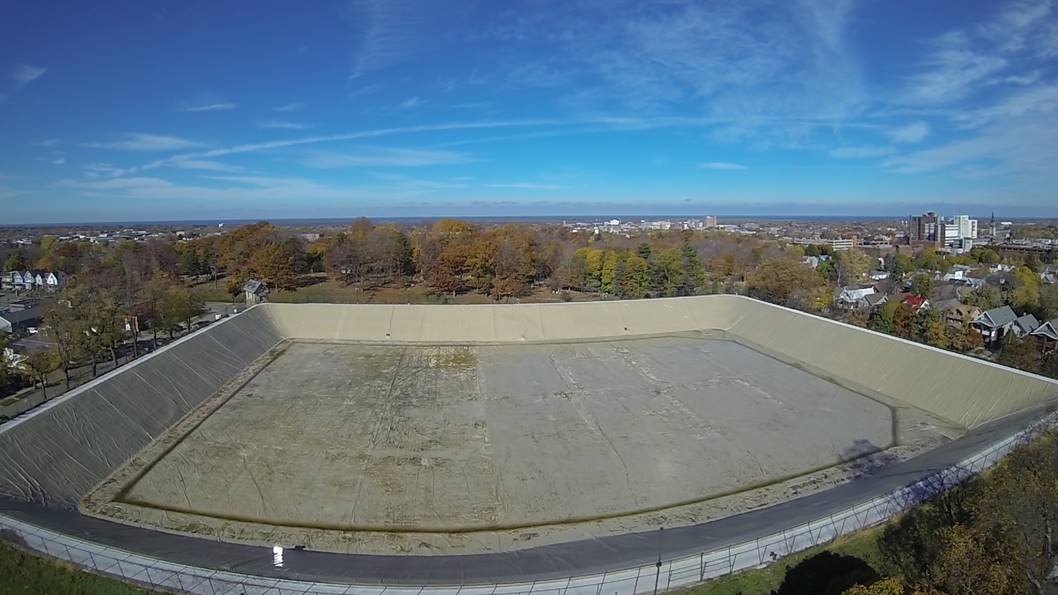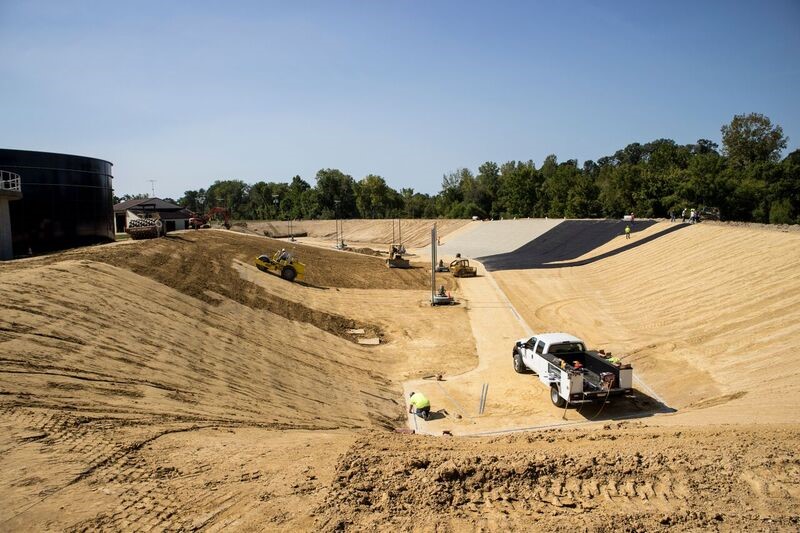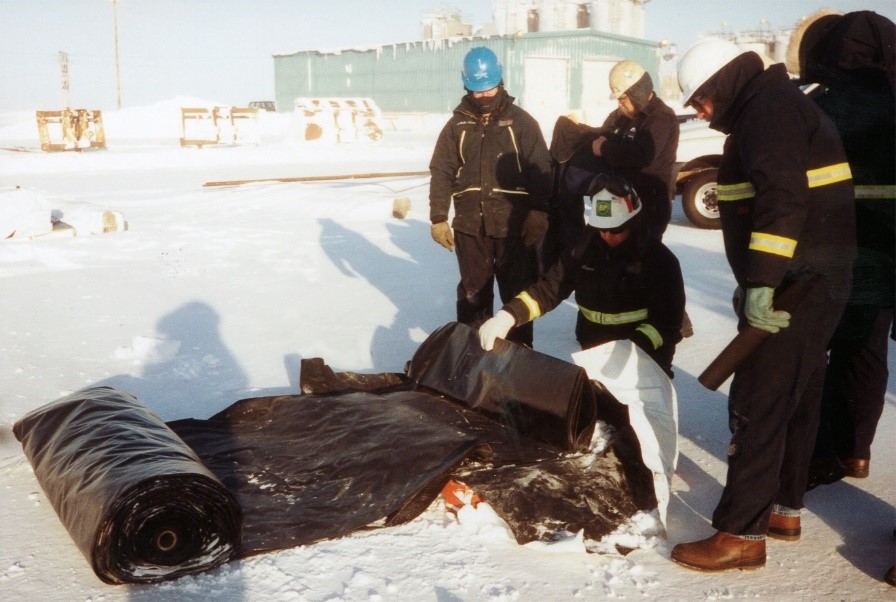What geomembrane properties are most important to protect EPS Geofoam?
Part 2: Essential Geomembrane Properties to Protect Geofoam
In early 2022, we published a blog summarizing the predicted outlook for the architectural, engineering and construction industry (AEC) for 2022. It was based on an ASCE article also published early in the year. There were several factors indicating improvement over the previous year and momentum toward pre-pandemic business levels.
What geomembrane properties are most important to protect EPS Geofoam?
Part 1: Geomembranes as a component of EPS Geofoam applications
Nearly 90% of the US population gets it’s drinking water from a public water system (PWS), that treats, stores and distributes the water.
A recent article, written on behalf of the Water and Wastewater Equipment Manufacturers Association (WWEMA), detailed the complexity of contracts in today’s world. The article addresses the problems in the context of the water and wastewater industry, which includes a substantial portion of the geomembrane industry.
The lake at the Knoxville, TN 1982 World’s Fair Park was relined with the XR-5® Geomembrane in March 2016. We first published a video case history about the application and installation at the time here and here, along with some observations about the installation process itself. Then after 18 months of service, follow up observations were made here. After 5 years, I had the opportunity to be on site for the bi-annual cleaning of the decorative pond and then subsequently was able to inspect the material and get feedback from the Public Building Authority (PBA), the city department in charge of operating and maintaining the park, including the Lake.
The quality of the water we drink is pretty important. We assume we are protected by regulations that maintain high standards in our water, especially with the increasing use of geomembranes in potable water applications. But do all geomembranes comply? This blog will look at drinking water standards as they apply to geomembranes and how compliance should occur.
Many engineers would argue that geomembranes are only fluid barriers and are not meant to be load bearing in any manner. All loads should be carried by geosynthetic counterparts, such as geotextiles, geogrids, etc., that are placed over and under the geomembrane. However, from a materials and installation standpoint, it is virtually impossible to transmit all load to the adjacent layers. Additionally, it is not usually cost-effective to build a heavily redundant composite system that takes all mechanical bearing off the geomembrane.
Designing Geomembranes in Cold Environments
In this two-part series, we’ll review common cold crack index testing for geomembranes and field failure scenarios under cold conditions.
Two Part Blog:
Part 1: Evaluating Geomembrane Cold Crack Testing Data
Part 2: Five Causes of Cold Weather Geomembrane Failures

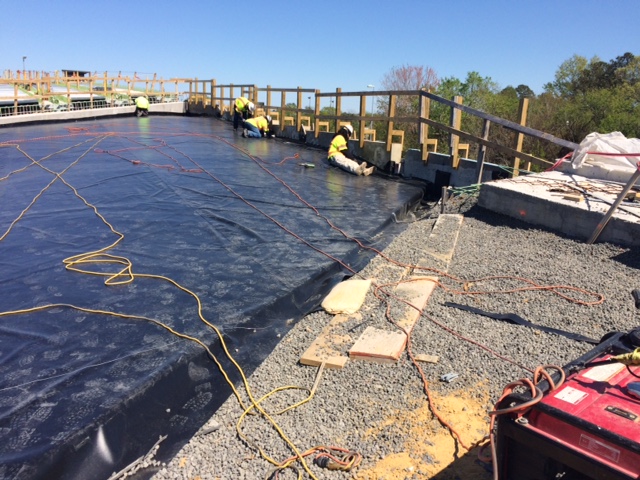
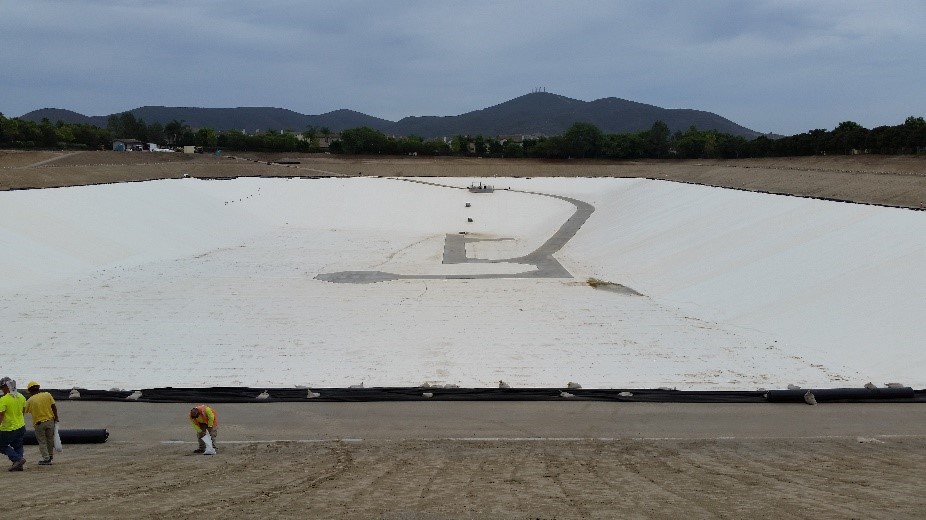
.png)
